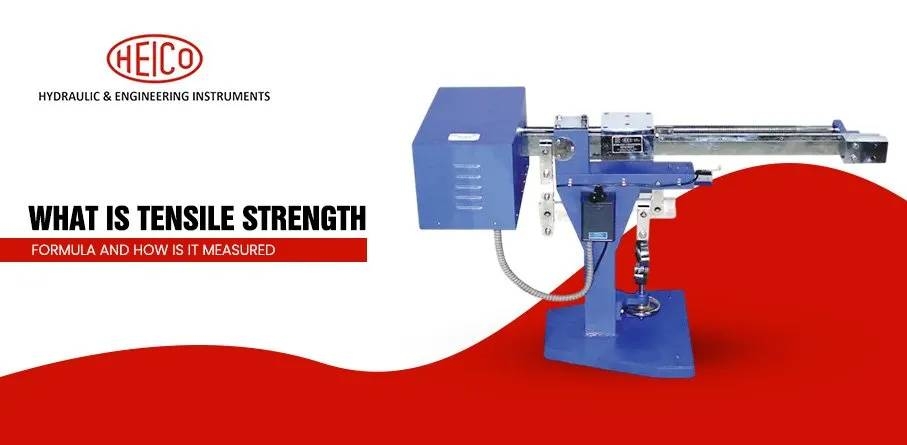Tensile Strength: What Is It? How Is the Formula Measured?

An essential parameter for engineers working on a wide range of products, including labels, is tensile strength. One way to assess a material’s tensile strength is to find the greatest amount. It can be pulled or stretched before breaking. Imagine you’re holding a rubber band. When you release it will snap back to its original shape. It happens even if you bend it to a precise angle. It is currently referred to as the yield point. A material will become permanently stretched if it is stretched post its yield point. It will eventually shatter. The material’s tensile strength and breaking point are directly correlated.
The tensile strength of a wide variety of materials varies. Despite having the highest known tensile strength, carbon nanotube is not the best material to utilize for labelling. The tensile strength and yield point of a material are not necessarily the same. It can be therefore concluded that the material can be stretched beyond its breaking point, but that it will do so rapidly. Certain materials may be able to continue stretching Because of their great tensile strength and low yield point. It can happen even after they have begun to lengthen irreversibly. The yield point will always be lower than the tensile strength of the material No matter what.
How Is the Tensile Strength Calculated?
What does the term “high tensile strength” indicate for a material? A Tensile Testing Equipment determines a material’s tensile strength. Before the material is put into the testing apparatus, it is first clamped or gripped at both ends. After the material is in position, the machine will continue to draw on it until it breaks. Throughout the entire Material Strength Test, the device keeps track of the applied tension. The tensile strength can be computed after the test. It can be done by dividing the greatest force by the cross-sectional area of the material.
Tensile strength is measured in two directions when using labels. It is named as the transverse direction and the machine direction. This is due to the fact that the orientation of some materials can affect how they behave. One substance that is said to be out of balance is polyester. The direction in which polyester labels are fed into the Strength Testing Machine is determined by their orientation; the material is stronger when orientated in the machine direction than when it is orientated transversely. On the other hand, materials that are well-balanced include polypropylene that is bi-axially aligned. The material reacts similarly whether the orientation is in the cross direction or the machine direction.
Resources URL:- https://heicoin.com/blog/what-is-tensile-strength-formula-and-how-is-it-measured/
- Questions and Answers
- Opinion
- Motivational and Inspiring Story
- Technology
- Live and Let live
- Focus
- Geopolitics
- Military-Arms/Equipment
- Security
- Economy
- Beasts of Nations
- Machine Tools-The “Mother Industry”
- Art
- Causes
- Crafts
- Dance
- Drinks
- Film/Movie
- Fitness
- Food
- Games
- Gardening
- Health
- Home
- Literature
- Music
- Networking
- Other
- Party
- Religion
- Shopping
- Sports
- Theater
- Health and Wellness
- News
- Culture

